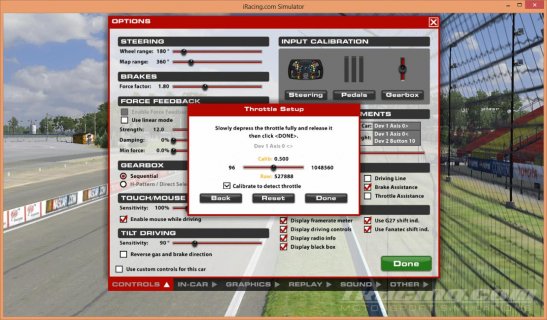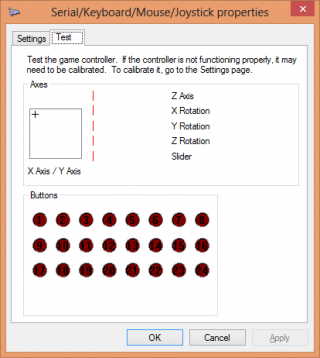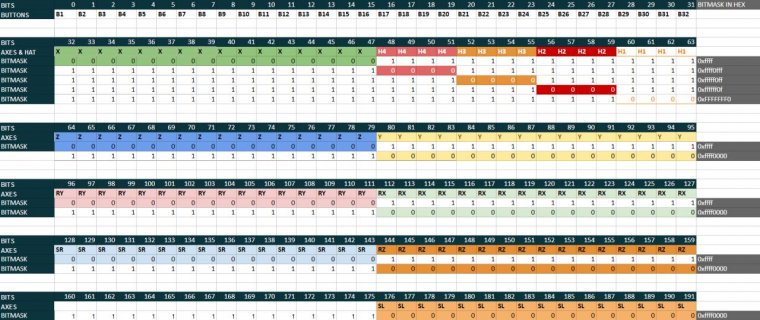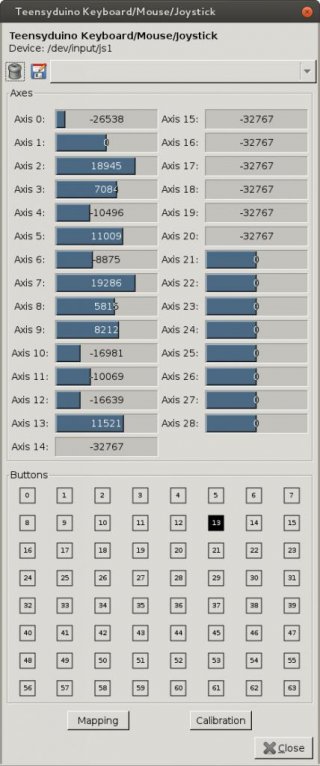PaulStoffregen
Well-known member
Moderator Edit: the latest many-axis source code is attached to reply #36.
------------
Teensyduino currently implements a 6 axis joystick. When I wrote the Teensy 3.0 version, I briefly tried 8 axes, but ran into trouble. Windows seemed to detect the device, but it would not show up in the Joystick control panel as 8 axes. With limited time, I reverted to the 6 axis HID descriptor from Teensy 2.0.
Robert Ferguson send me a link to this project which seems to work with 7 axes.
http://www.imaginaryindustries.com/blog/?p=80
This product implements 8 and has screenshots of the Windows control panel.
http://www.leobodnar.com/products/BU0836/
This forum topic is my reminder to again investigate 8 (or more) axis support. I need the actual HID descriptors from these devices, or some other way of figuring out how to write the descriptors so Windows will recognize the device and show it properly.
I'm also hoping anyone interested in many-asix joystick support will subscribe to this thread. I *really* need your help with testing, when I work on this. In fact, I probably will wait to work on it until at least a couple people have volunteered here to help test.
------------
Teensyduino currently implements a 6 axis joystick. When I wrote the Teensy 3.0 version, I briefly tried 8 axes, but ran into trouble. Windows seemed to detect the device, but it would not show up in the Joystick control panel as 8 axes. With limited time, I reverted to the 6 axis HID descriptor from Teensy 2.0.
Robert Ferguson send me a link to this project which seems to work with 7 axes.
http://www.imaginaryindustries.com/blog/?p=80
This product implements 8 and has screenshots of the Windows control panel.
http://www.leobodnar.com/products/BU0836/
This forum topic is my reminder to again investigate 8 (or more) axis support. I need the actual HID descriptors from these devices, or some other way of figuring out how to write the descriptors so Windows will recognize the device and show it properly.
I'm also hoping anyone interested in many-asix joystick support will subscribe to this thread. I *really* need your help with testing, when I work on this. In fact, I probably will wait to work on it until at least a couple people have volunteered here to help test.
Last edited:






